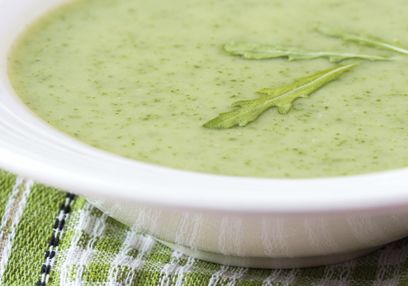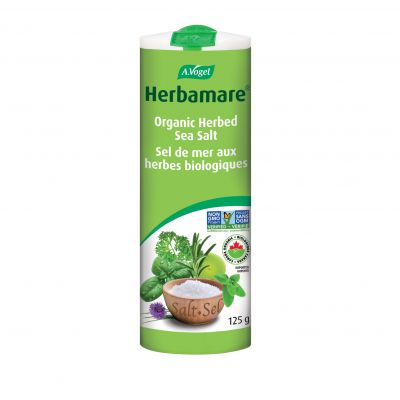A.Vogel search
When the internal search is activated, personal data such as your IP address is transmitted to our search engine Cludo. Data is thus transferred to a third country. Please click here if you want to display the internal search. You can find more information on data protection here: Privacy policy.
Okoubaka aubrevillei PHELLEG. et NORMAND
Okoubaka
History
Okoubaka is a mysterious medicinal plant, used as a fetish by medicine men in West Africa. These healers prepare a powder from the tree’s bark which is used against all kinds of poisoning. Many a tribal chief’s taster probably owes his life to this bark. Parts of the plant are also used symbolically to ward off evil spirits. For this reason the tree is considered invaluable and is associated with the most stringent of taboos; its use is strictly reserved for local magicians and medicine men.There is an interesting story behind how this medicinal plant came to be used in European medicine. Several years ago, a native of West Africa made his doctor, a certain Magdalena Kunst of Frankfurt, a present of a small amount of crushed bark, noting that, in his own country it is customary to take some of this powder following a meal – particularly if one not is entirely certain of the host’s friendship - for this powder would immediately make any poison ineffective. Dr. Kunst, a homeopath, immediately set to work to create a homeopathic dilution of the precious powder which she used effectively on various types of food poisoning. Following her experiment, Dr. Kunst asked Dr. Willmar Schwabe to look out for this extraordinary plant during his next expedition to Africa. At first it proved exceptionally difficult to track down this bark, but nowadays it is much easier to come by, in fact, the fear is that this rare tree could well become an endangered species as a result of uncontrolled bark extraction.
Botanical characteristics
Okoubaka aubrevillei is a jungle tree which grows to a height to up to 40 metres; its trunk can be up to three metres in circumference. The tree is huge at its crown and bushy in stature, its branches drooping. The leaves are elongated and egg-shaped, being about 15 cm long and 10 cm wide. The tree’s small, greenish flowers are arranged on spines of around 15 cm in length on older branches. The flowers turn into hard, yellow-coloured fruits. Like other members of the same family, this tree is semi-parasitic. This may explain why no other trees appear to grow in proximity to this tree. It also provides an explanation as to why, among other things, the locals believe the tree to possess magical powers. In 1944, the tree was mistakenly categorised as being a member of the Octoknemataceae family and it was not until 1957 that the tree was correctly categorised as a member of the Santalaceae family. However, the earlier mistake crops up in literature again and again – even in more recent publications [1].
Habitat
The Okoubaka tree grows in the tropical rain forest of West Africa, particularly in Ghana, Nigeria and on the Ivory Coast. It is also used in forestry.
Preparation
Dried bark from the branches of the Okoubaka tree are pulverised, macerated in alcohol and then potentized to the desired dilution.
Alfred Vogel's guide to leading a healthy and happy life
Watch the videoNature is just about the best thing we’ve got!





